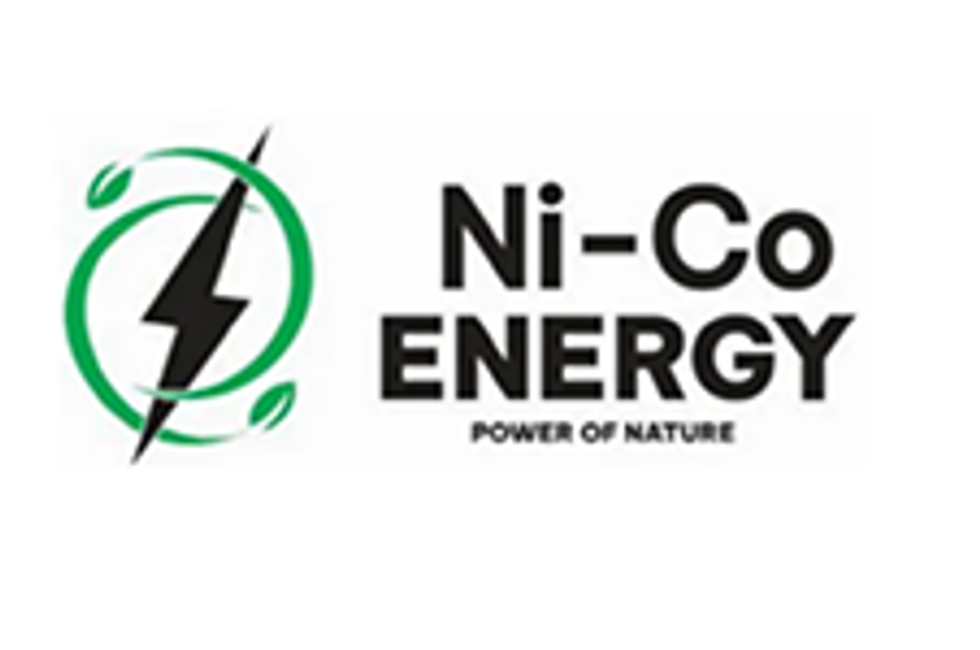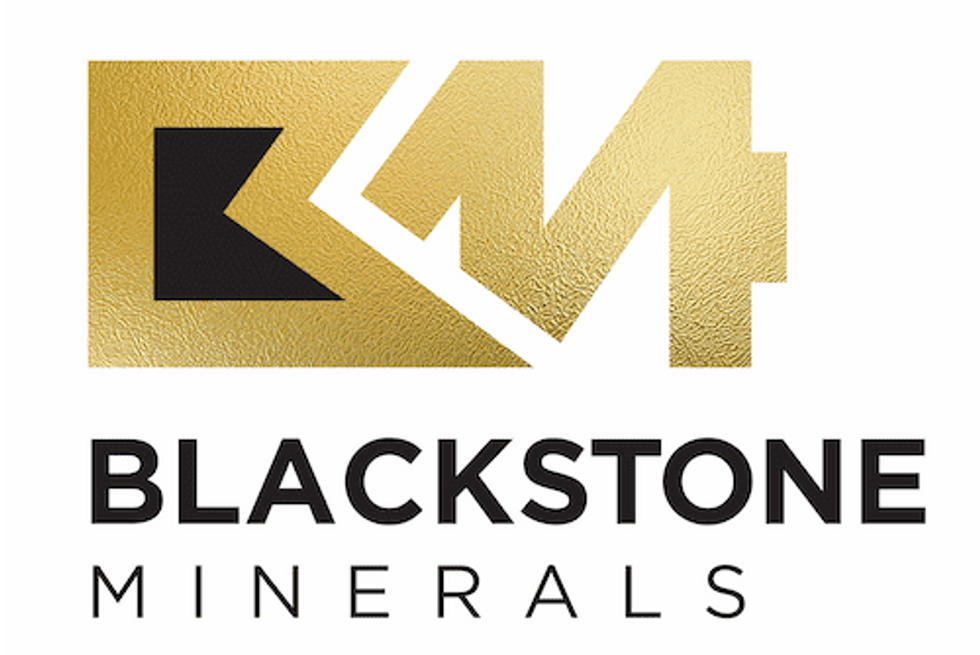
Global demand for nickel is rapidly growing, and an investment in companies mining Class 1 nickel is an investment into the EV market.
Commodity prices have seen drastic increases over the past several months as demand for materials increases in a post-lockdown world. Nickel is amongst many other metals that have seen increases in demand and prices as manufacturing scales up across the globe.
Nickel has traditionally been highly sought after for its use in the production of stainless steel. More recently, nickel has also become an increasingly important element in electric vehicle (EV) production, as the material allows for producers to create lighter, smaller and higher density batteries. And as more and more countries around the world continue to push towards the adoption of EVs, demand for nickel has continued to increase.
Analysts expect this rapidly expanding market to continue growing, with an estimated compound annual growth rate of 26.8 percent by 2031. On Tesla’s (NASDAQ:TSLA) July 2020 earnings call, CEO Elon Musk was quoted as saying, “Please mine more nickel … Tesla will give you a giant contract for a long period of time if you mine nickel efficiently and in an environmentally sensitive way.”
Because of this, Canada continues to be a favorable location for mining companies looking to capitalize on this growing demand.
Not all nickel is created equal
From an investing standpoint, it is important to know that not all nickel that is extracted and refined is made in the same way. To be usable in electric vehicles, the nickel must be of the highest quality — often referred to as “Class 1.”
This is the type of nickel used in the production of EVs as it comes from sulfide deposits, which have a nickel content of close to 99 percent. Sulfide deposits are generally harder to discover and more expensive to extract because deposits are found deep underground.
In comparison, nickel laterite is cheaper due to the fact that it is found at the surface level and can be open pit mined. This makes mining it far more cost-effective and easier than deeper sulfide deposits.
A brief overview of nickel-mining deposits in Canada
As the sixth largest nickel producer in the world, Canada is home to a number of large scale and junior mining companies that conduct operations located in significant deposits across the country.
In Ontario, the Sudbury Basin is home to a 1.8 billion year old crater impact, which has left a site that is now the second largest nickel deposit in the world. The Sudbury Basin measures roughly 62km long, 32 km wide and 15 km deep. Within the Basin is the Sudbury Igneous Complex, which refers to the dome shaped laccolith formation that contains much of the basin’s nickel deposits. The nickel sulphate mined here is shipped to refineries across Canada. In 2018, production in the Sudbury Basin area was approximately 2.1 million tonnes a year.
Aside from the Sudbury Basin, Canada is also home to several other major deposits. In Manitoba, the Thompson deposit is a major source of nickel sulphide. Several deposits around the Thompson nickel belt area are in various phases of exploration. In total, the Thompson nickel belt area has 18 nickel deposits that have produced over five billion pounds of nickel since 1959. Nickel mining has for years been a major economic driver for Manitoba, with the province producing nearly 40 percent of Canada’s nickel in 2019. At Vale’s Thompson operation alone, over 850 are employed across operations.
Comparing nickel miners in Canada
Vale Canada (NYSE:VALE), the Canadian division of Brazilian miner Vale. The company currently has mining operations in the Sudbury region. Since operations first began over 100 years ago at this site, a total of 40 billion pounds of nickel have been mined. Vale also operates an additional site of significance in Voisey’s Bay, Labrador. The Vosiey’s Bay facility produces over 6,000 tonnes of nickel-cobalt-copper concentrate and copper concentrate per day.
In total, estimates in 2007 pointed to approximately 141 million tonnes of nickel in the deposit. While surface mining began in 2005, Vale is also planning on transitioning towards underground mining on the site, and more than 16,000 person-years of employment will be created throughout the construction process. Upon completion in 2021, 1,700 jobs will be created
Noble Mineral Exploration (TSXV:NOB) is another Canadian company that has significant operations in the country. The junior mining company owns roughly 80,000 hectares of mineral rights in the Timmins/Cochrane area of Northern Ontario. Through this ownership, the company is looking at joint venture operations to expand exploration and development in the area. In March of 2020, Noble entered into an agreement with Canada Nickel Company (TSXV:CNC) on the Crawford Nickel-Cobalt Sulphide Project near Timmins, Ontario. Through a cash and stock transaction, Canada Nickel acquired options to earn up to an 80% interest on the project.
Aside from this project, Canada Nickel Company is also heavily involved in operations across Canada. Through their 100 percent ownership of the Crawford Nickel Sulphide project, Canada Nickel has gained access to one of the top 10 nickel sulphide operations globally. Through a preliminary economic assessment, Canada Nickel has found that the project has a net present value of approximately $1.2 billion. Further feasibility studies are being conducted that will wrap up in 2022. The project is also highly environmentally sustainable, with an estimated carbon footprint of 2 tonnes of CO2 per tonne of nickel produced. In contrast, methods used in Indonesia, the largest Nickel producer in the world, create up to 88 tonnes of CO2 per tonne of nickel produced.
Another company capitalizing on Ontario’s world-class nickel deposits is Class 1 Nickel & Technologies (CSE:NICO). Through its 100 percent owned Alexo Dundonald project, the company has plans to explore two past-producing high-grade nickel and copper mines. This flagship project sits 45 kilometers from Timmins, Ontario, a distinguished mining territory with processing plants available in the area. Historically, the Alexo-Dundonald project has been a high grade production operation. Geographically, the remaining unexplored areas are open along strike and at depth. As production ceased “in mineralisation,” resources of similar grade and composition to that which had been previously mined would logically be expected to extend to unexplored areas.
The majority of the Alexo Dundonald project remains untested or under-tested by drilling below a depth of 100 meters, and there is very little drilling completed outside the known deposit. If exploration on similar komatiite-associated nickel sulphide systems in other areas of Canada is any indication, there is a high potential for exploration and discovery of continued and/or additional sulphide mineralization along strike or down-plunge within mineralized channelized flows. As demand for nickel sulphide increases in conjunction with demand for EVs, projects such as these should continue to present a strong economic justification.
Takeaway
There is no denying global demand for nickel is rapidly growing and investment in companies mining Class 1 nickel is an investment into the EV market. With all the potential upside of mining within the greater Sudbury area, it’s clear that miners have the perfect storm of conditions to supply this growing demand for nickel.
This INNSpired article is sponsored by Class 1 Nickel & Technologies (CSE:NICO,OTCQB:NICLF). This INNSpired article provides information which was sourced by the Investing News Network (INN) and approved by Class 1 Nickel & Technologies in order to help investors learn more about the company.
- How to Invest in Nickel ›
- What is Nickel Used For? ›
- Top 9 Nickel-producing Countries ›
- Nickel Reserves: Top 9 Countries ›
- Top Nickel Stocks on the TSX and TSXV | INN ›





